Magazine
Parfum 101: A Guide for Men
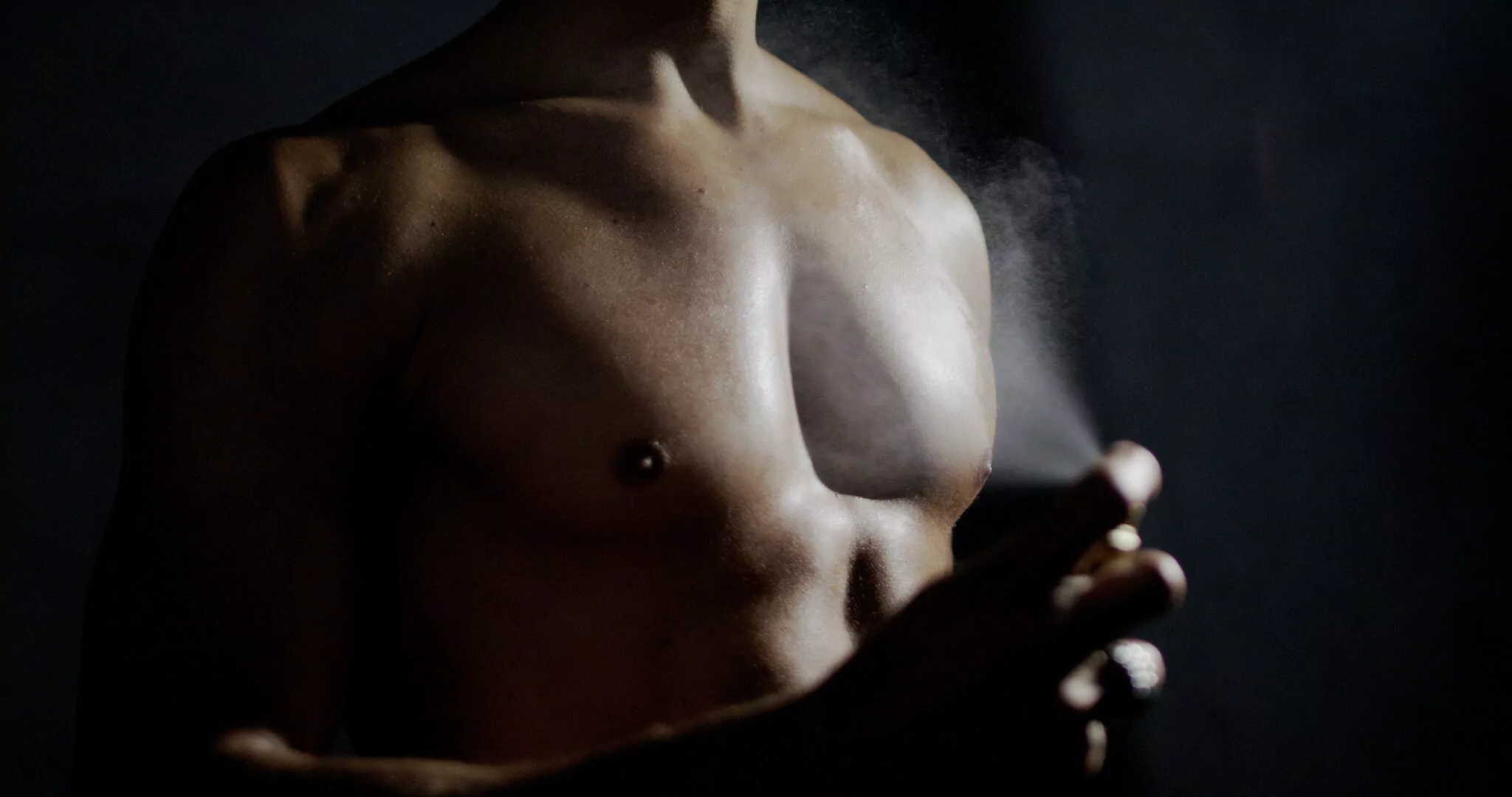
Smell is a powerful and complex sense that is strongly associated with memory. In fact, we remember about 35 percent of what we smell. Compare that to the five percent of all things we see and a mere two percent of things we hear.
For this reason, parfums for men can have an emphatic impact on your business and personal life. Unfortunately, most men do not wear fragrances. That is most likely because there are so many to choose from, and they lack the information to differentiate between them.
This article covers parfum basics for men. It breaks down the different types and will give you all the information you need to choose a cologne that suits your personality and lifestyle.
Classics vs. Niche
The first thing to think about when choosing a cologne is how far off the beaten path you would like to trod. Many classic scents achieve this demarcation for a reason: they are widely popular. There is something to be said for going with one that has been tried and tested.
The flip side is that choosing a popular cologne means that you are going to smell like lots of other people in your office, circle of friends, and the general public. Going with a more unique fragrance can help set you apart and evoke mystique.
Research Cologne Notes
To drill down on the science of selecting parfums for men, we need to look at notes. These are the different layers of scents that make up a fragrance.
Paying attention to these ingredients can help you better hone what you like or dislike in a fragrance. Parfum notes can be categorized into three main types: base, middle, and top notes.
Base Notes
The main role of base notes is to blend with middle and top notes. This deepens the fragrance’s complexity. They also tend to have a rich, deep scents, and evaporate more slowly than other notes.
Base notes make up between 10 and 25 percent of a fragrance. They can be categorized as balsam or woody.
Examples of woody notes include cedar, eucalyptus, oakmoss, sandalwood, and tea tree. Popular balsam notes include myrrh, frankincense, and vanilla.
Middle Notes
Middle notes make up between 40 and 80 percent of a fragrance. They are sometimes referred to as “heart notes,” as they are more mellow than woody or base notes, but less subtle than top notes (which they help stand out).
Middle notes can be spicy, fruity, green, or floral. Examples of spicy notes are anise, cardamom, cinnamon, and clove. Fruity notes include bergamot, chamomile, and coriander.
Popular green middle notes are palmarosa, rosemary, and vetiver. Floral notes include geranium, neroli, rose, and ylang-ylang.
Top Notes
Although top notes make up a small percentage of a fragrance and last the least amount of time, they give off the first impression. That makes them one of the most important parts of a parfum.
Top notes are usually citrus or aromatic. Popular citrus options include grapefruit, lemon, and orange. Examples of aromatic top notes include lavender, lemongrass, and peppermint.
Longevity, Sillage, and Projection
Another thing to consider when selecting a cologne is its strength and how detectable it is to others. This can be gauged by three attributes: longevity, sillage, and projection.
Longevity is the amount of time a parfum will last after it is applied. Sillage is a French word that translates to something like “wake,” as in what a boat leaves behind as it passes. In the same way, you want a cologne that will linger a bit after you have left a space.
Projection is the distance from the wearer that a fragrance can be detected by others. It is a measure of how well it radiates off your skin.
All three of these traits are important. For instance, a cologne scent that lasts a long time but is barely noticeable is less than ideal. So is one that has strong sillage and projection but only lasts for a short duration.
The goal is to find a fragrance that remains but is not so bold or overpowering as to be offputting. Buying high-quality parfums is the best place to start. They will be designed to optimize these qualities.
However, since each parfum is unique, the easiest way to achieve this equilibrium is through trial and error. Start with small amounts. You might ask your spouse or a friend what they think of the scent–can they detect it and, if so, ask how pronounced it is.
For colognes that appear to be too weak in any of these categories, try adding a bit more. A handy trick is to add a bit to scarves or overcoats. This will allow you to test out larger applications in a real-world setting, but lets you remove those garments if it turns out to be too much.
Personalize
A final thing to consider when choosing a scent is what you aim to accomplish. Do you want a distinct scent or one that is very subtle?
In short, you want something to match your personality. While a luxurious scent may be more suited to one person, another, more whimsical one may fit someone else’s personal style.
Also, think about the events where you will be wearing the fragrance. You might go with one scent for the office but an entirely different one for date night.
Besides special occasions, you can also alternate scents based on the time of year. You might reach for warming spices or leather scents in winter, but reserve more floral or citrussy ones for the spring and summer.
Learn More About Parfums for Men
Now that you understand the basics of parfums for men, you can make more discerning decisions when you buy cologne. With a little trial and error, you can find the best cologne to help you smell great, complement your personality, and let you stand out in a crowd.
At Particle, we carry only the highest quality men’s face, hair, and body products. In addition to parfums, we carry face washes, creams, vitamin gummies, and more. Take a look at our extensive online inventory today.
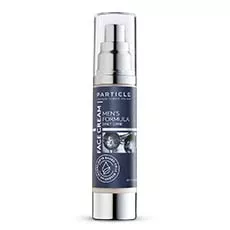
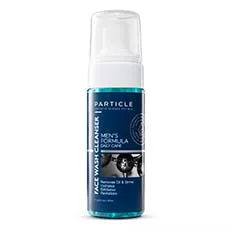
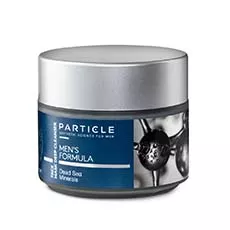

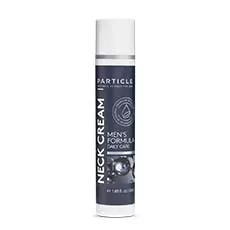
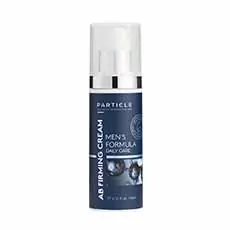
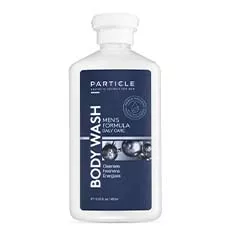
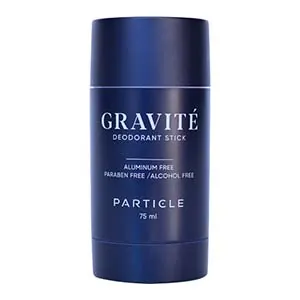
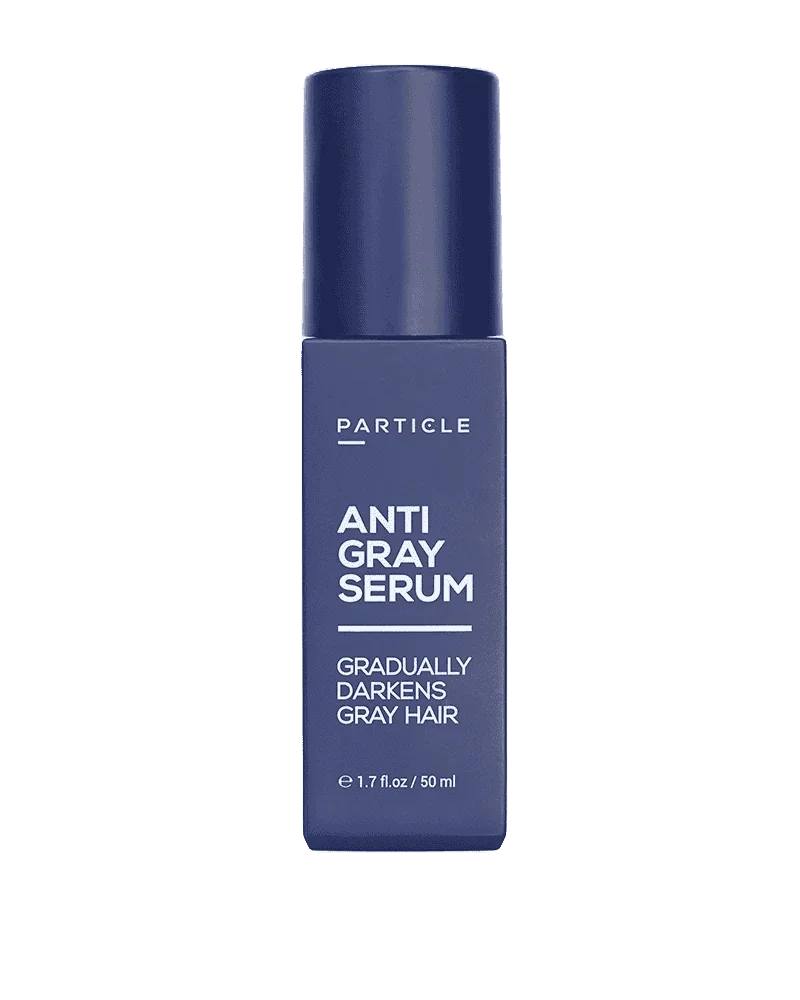
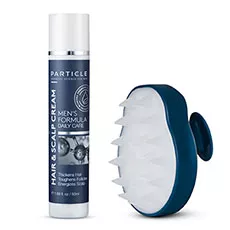
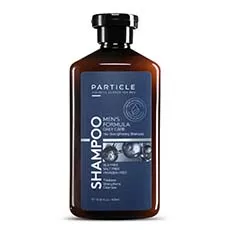
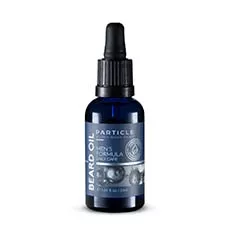
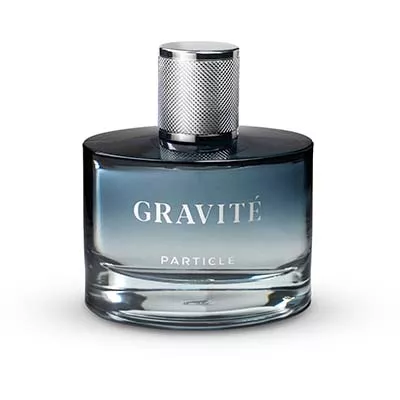

 gb
gb















